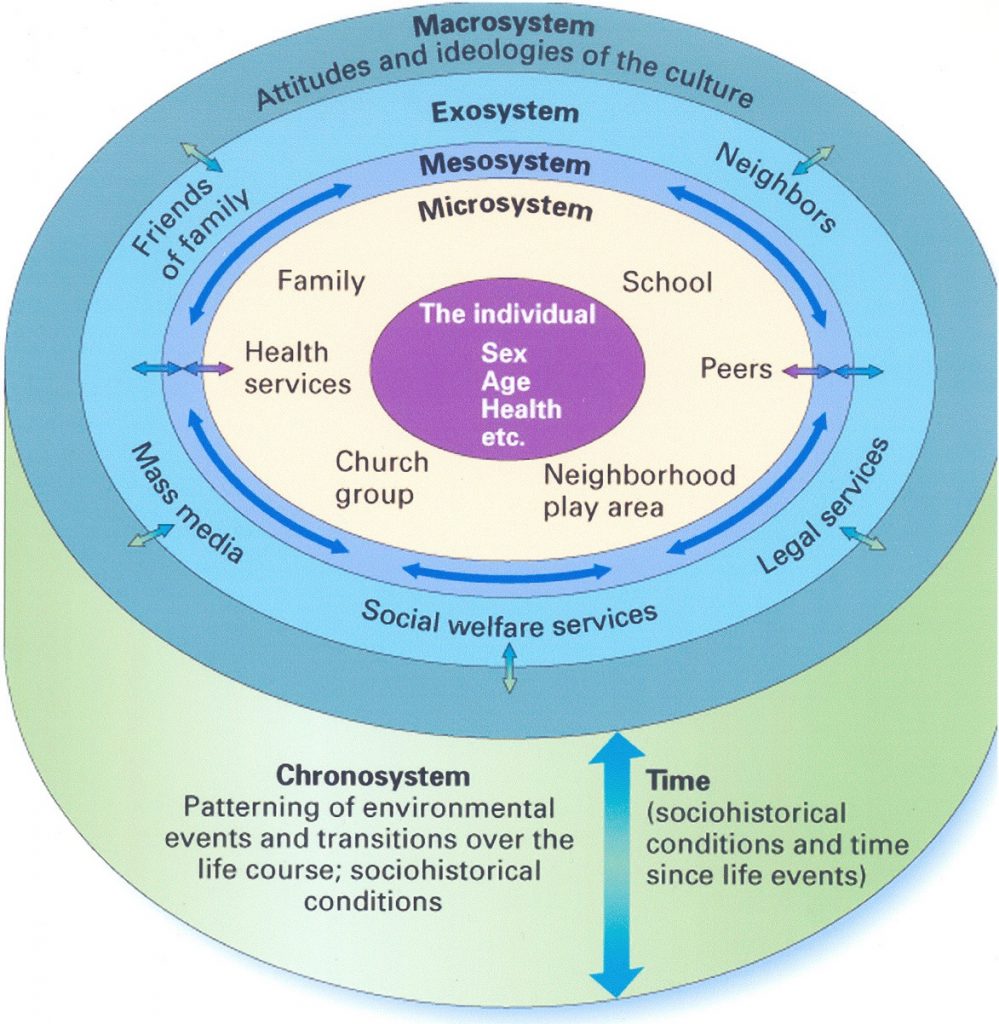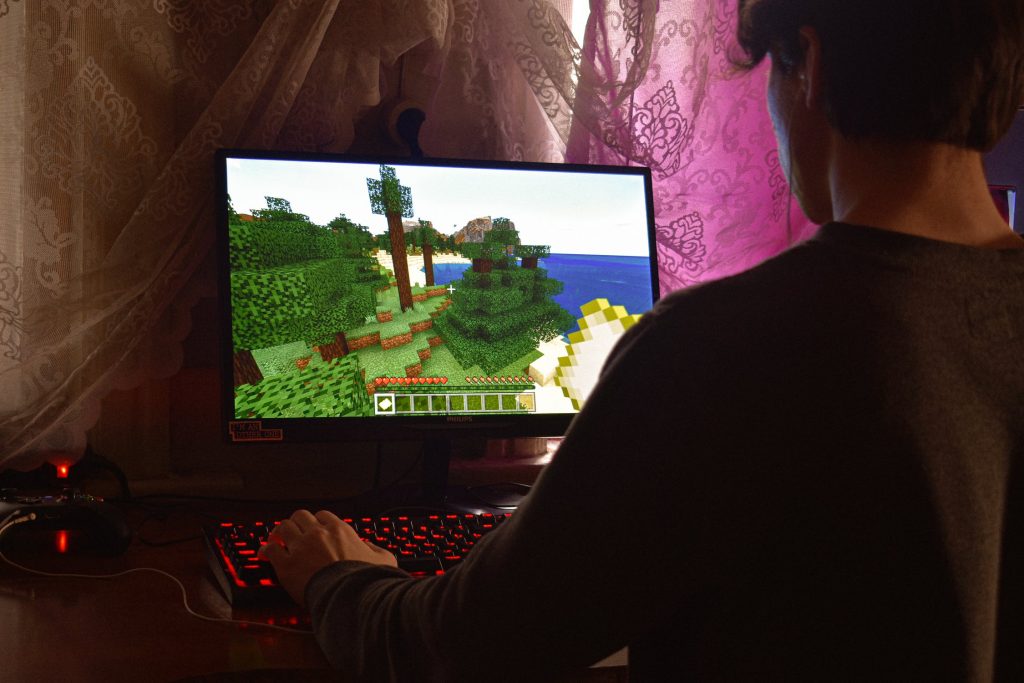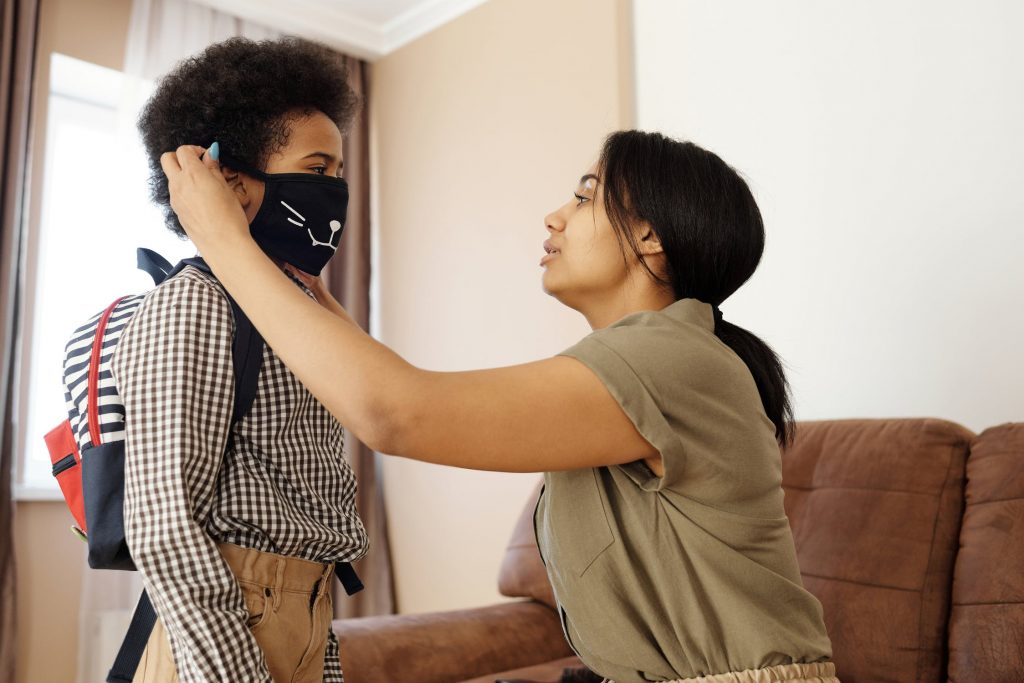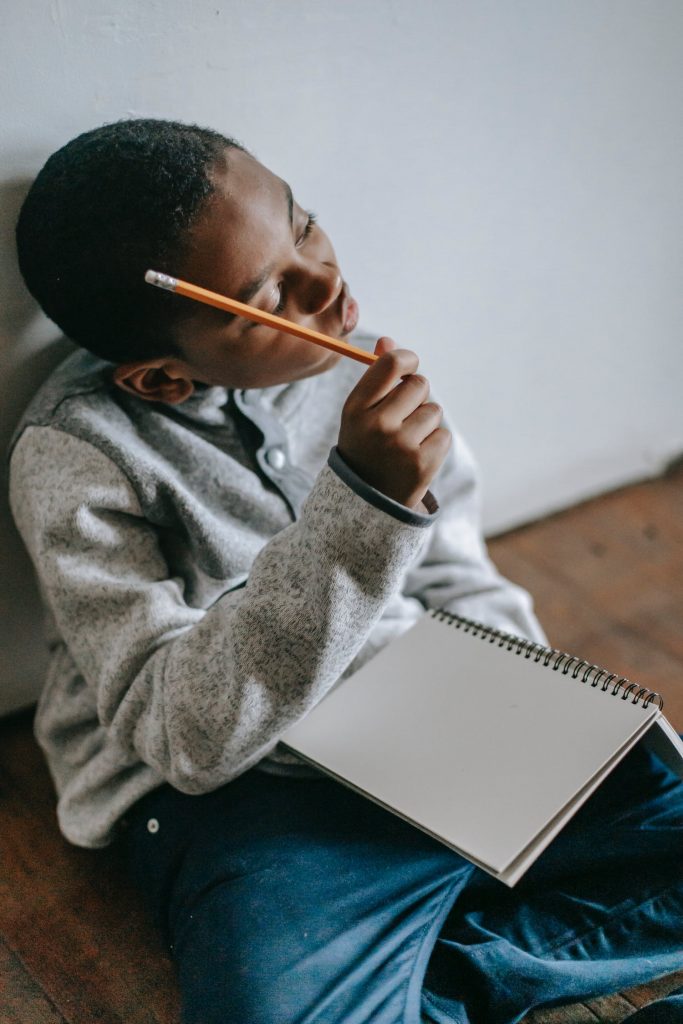It has been over a year now since the beginning of the COVID-19 pandemic. While the world continues to adapt to the changes brought on by COVID-19, it is important to acknowledge the ways in which children have been affected specifically.
Impact of COVID-19 on Children
Think about all of the changes you have experienced as a result of the COVID-19 pandemic. Children have had to undergo similar changes and have experienced similar feelings that adults have, such as uncertainty, helplessness, or loneliness. Although each child is unique and they have each been affected in different ways, some of the changes that children have experienced include:
- Separation from family and friends
- Conflict and stress within the household
- Remote Schooling
- Increased screen time
- Difficulty accessing educational and health services
- Chronic worry about school, family, health
The changes children have experienced have touched every aspect of their lives. Not only have they been affected at the individual level, but their family life, their school life, and social life, have likely had to undergo dramatic changes within the past year.
Ecological Systems Theory
Within the field of child development, Urie Bronfenbrenner’s Ecological Systems Theory offers a theoretical framework for understanding how the individual develops within their environment. This theory places importance on the many environmental and societal influences that play a role in a child’s life.
The systems identified in Bronfrenbrenner’s theory include the microsystem, the mesosystem, the exosystem, the macrosystem, and the chronosystem. Using Bronfrenbrenner’s theory as a lens for thinking about the impact of the coronavirus on each child, we can begin to understand the effects of the coronavirus on every level.
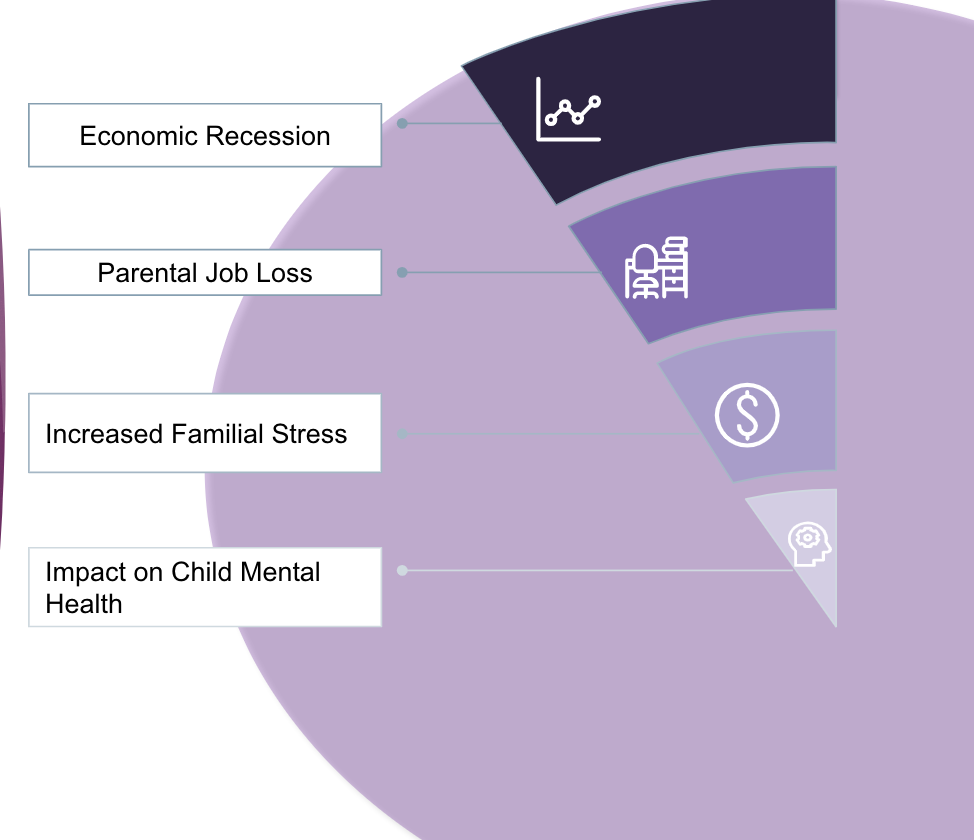
If we are thinking about the COVID-19 pandemic as a sociohistorical event, we can see how the effects have seeped into every layer of a child’s life. For example, the shutdowns necessitated by COVID-19 resulted in many jobs lost, leading to financial concerns and increased stress within the family. These changes can have a direct negative impact on a child’s mental health.
When a child’s mental health is impacted, it may manifest as “problematic” behaviors, such as acting out, declining grades, or self-isolating, amongst others. For parents and professionals, it is important to look beyond just the problematic behaviors and try and get at what is underneath the surface.
For example, a child who spends all of his or her recreational time playing video games and has trouble turning them off, may be struggling with a variety of underlying difficulties that manifest themselves in this problematic behavior.
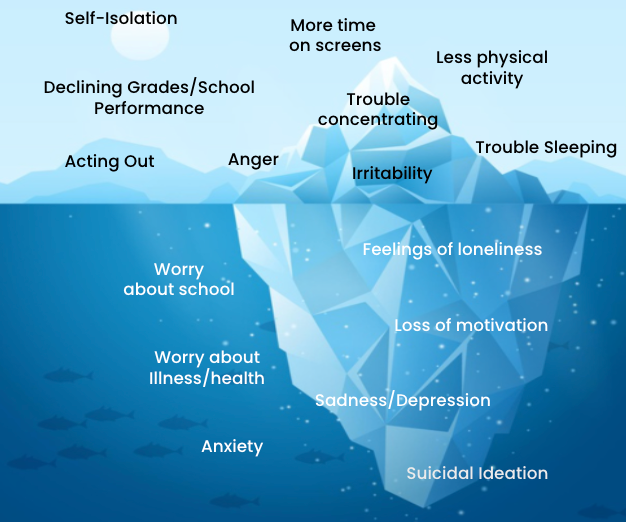
Some children may be using video games as a form of escape, to distract themselves from worrying about the dramatic changes the pandemic has brought on. Other children may be playing video games to feel a sense of accomplishment and achievement, since other opportunities to experience these feelings have been limited.
Although research addressing the effects of the COVID-19 pandemic on children is still emerging, there is data that suggests the impact has been severe. In November of 2020, the CDC released a report regarding mental health-related emergency department visits among children under the age of 18 years during 2020. The data showed that the proportion of children’s mental health-related emergency department visits increased dramatically starting in April 2020, and remained that way throughout October of the same year. Additional findings showed, when compared to the number of children’s mental health-related emergency room visits in 2019, that there has been a 24% increase in these visits for children ages 5-11 and a 31% increase for children ages 12-17 years.
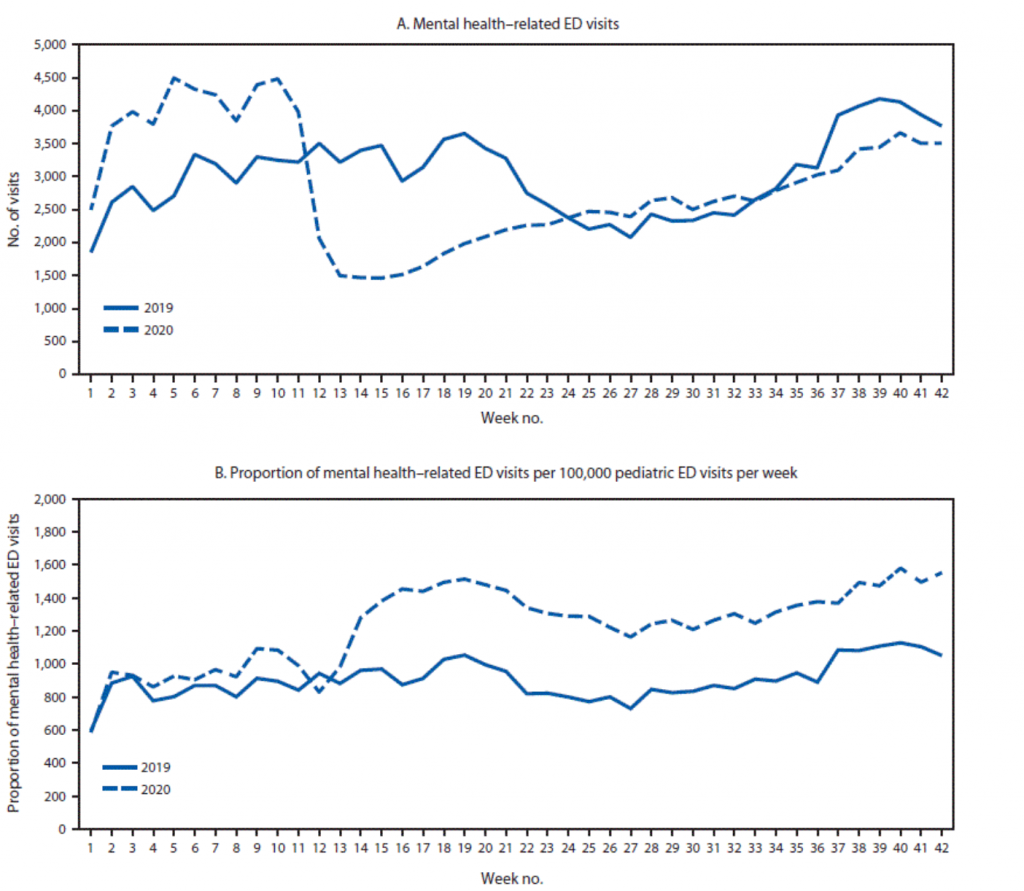
While it may be some time before we have substantial data on the many ways the COVID-19 pandemic has affected child mental health, it is clear based on these statistics alone that there has been a substantial negative impact.
What Children are Saying has been Hardest for them….
While the research tells us there has been a significant impact on children’s mental health, we wanted to get a glimpse at what lies beneath those numbers. We asked children about what has been the hardest for them this year and what they missed the most about pre-pandemic days.
Missing Face-to-Face Interactions
For many children, one of the hardest parts about adjusting to the pandemic has been missing face-to-face interactions with people that are important to them. Every child we interviewed talked about how they missed seeing their friends, neighbors, or extended family members. For some children, their sense of belonging to one or more social groups was undermined by the pandemic, which may have negatively impacted their mental health.
Child quote
“I miss lunch at school. It was a good central time to meet with all your friends at once. That’s gone now. Now you can only see friends one on one, or maybe three at a time. Before COVID, lunch provided an opportunity for everyone to talk to everyone.”
Remote School
Just as many adults have had to adjust to working from home during the pandemic, children have had to adjust to learning from home as well. Many children talked about difficulty adjusting to remote school. They explained that it was hard to stay focused and pay attention amidst the many distractions while being at home. They also talked about difficulties keeping themselves motivated and engaged.
“I think I’ve gotten considerably lazier and I procrastinate more. Everything you do now… school kindof sucks and you are not motivated to do it, and you are lazy.”
Child quote
Coming to Terms with Dramatic Adjustments
All of us, adults and children alike, have had to adjust to the jarring changes we had to make as a result of the pandemic. Children talked about missing a lot of aspects of their lives, pre-pandemic and difficulty adjusting to the new normal, from wearing masks to having to weigh the risks and benefits of each in-person interaction.
“I miss things being simple. Before COVID, it’s like, oh, you have some spare time, let’s go and do something. Now it’s like, you have some spare time, let’s get on a voice call and do our own thing. You want to go outside, you need a mask on. You want to do this? You need to stay six feet away.”
Child quote
How Children are Adapting to Change
Despite the many challenges children have faced since the onset of COVID-19, there have also been many ways in which children have shown resilience. In our conversations, many children have talked about the ways in which they have grown as a result of having to adapt to all of the changes.
Newfound Sense of Independence
When discussing some of the ways in which children have adapted to change during the pandemic, a common theme identified was an increased sense of independence. As a result of the pandemic, many kids are spending more time completing daily activities at home. Remote schooling has made it necessary for children to develop their organizational and time management skills. For example, children as young as five have learned to set timers to know when it is time to go back to remote class.
“Since I’ve had so much free time, I learned to be able to do stuff without having to do stuff. I’ve become more independent, since on remote days, I have longer breaks.”
Child quote
Ingenuity, Creativity, and Mastery Over New Skills
“I read and write more. Before the pandemic, I wouldn’t have done my creative writing lessons, which I actually really like. I wouldn’t have read all these books – I think I read a bunch of books over COVID. “
Child quote
Another way in which children have adapted to change is by becoming increasingly better at certain skills or discovering new hobbies and activities. Most children we talked to mentioned becoming better at navigating the ins and outs of technology. For others, reading, writing, and music have become outlets of expression that have helped them cope with isolation and all of the changes brought on by the pandemic.
“I’ve definitely gotten better with technology since I’ve been using it so much. I’ve learned some tricks like making tab groups, I learned how to change my background.
Child quote
Connecting with Peers and Communities in New Ways
The ability to connect with people all over the world and join communities with peers has become more advanced than it has even been before. Children have been able to stay connected with friends and family members through the use of technology. Many children enjoyed being able to connect with peers via online games and joined communities based on shared interests. In addition, some children also took advantage of the remote learning opportunities that have become more readily available.

Child quote
“There are more long-distance learning opportunities. You can take classes in California and in Venezuela, and people in California can take your classes. That is pretty neat.”
Moving Forward
The COVID-19 pandemic has had a profound impact on children’s lives. From having to switch to remote school, wear masks, and be separated from family and friends, children have had to adjust to many abrupt changes at once. While there has been a significant negative impact on child mental health, many children have shown resilience and found creative ways to adapt to all of the changes. As adults, we can continue to support children by being attentive to their needs, recognizing the challenges they have been through, and encouraging them to find ways they can express themselves and connect with others.
References
- Leeb RT, Bitsko RH, Radhakrishnan L, Martinez P, Njai R, Holland KM. Mental Health–Related Emergency Department Visits Among Children Aged <18 Years During the COVID-19 Pandemic — United States, January 1–October 17, 2020. MMWR Morb Mortal Wkly Rep 2020;69:1675–1680. DOI: http://dx.doi.org/10.15585/mmwr.mm6945a3external icon.
- Bronfenbrenner, U. (1979). The Ecology of Human Development: Experiments by Nature and Design. Cambridge, Massachusetts: Harvard University Press. (ISBN0-674-22457-4)
Acknowledgments
This blog post was prepared with the help of Grace Murphy, a second-year graduate student at Tufts University’s Eliot-Pearson Department of Child Study and Human Development, concentrating in 21st Century Literacies: Media and Technology. Grace is passionate about improving the lives of children through creating media content with the purpose of educating and informing parents, child caregivers, and practitioners. Her special interests include the social-emotional well-being of children and adolescents, the social/cultural influence of media, and positive representation in media.
*All images linked to original sources- images not sourced were created for the purpose of this blog post and can be sourced back to this page.
